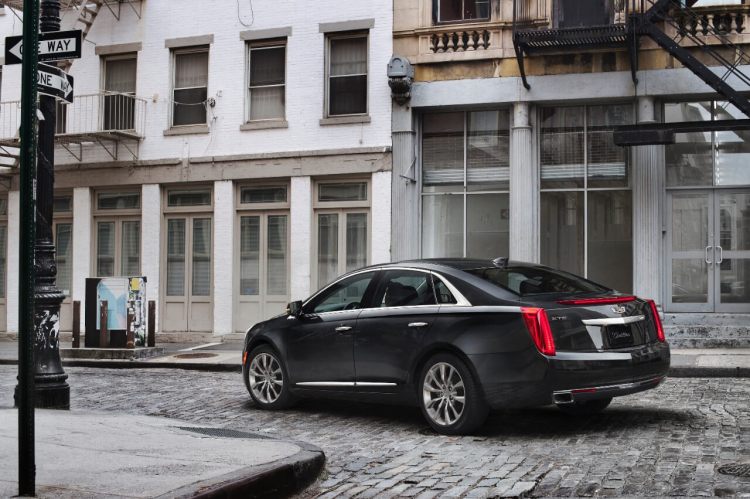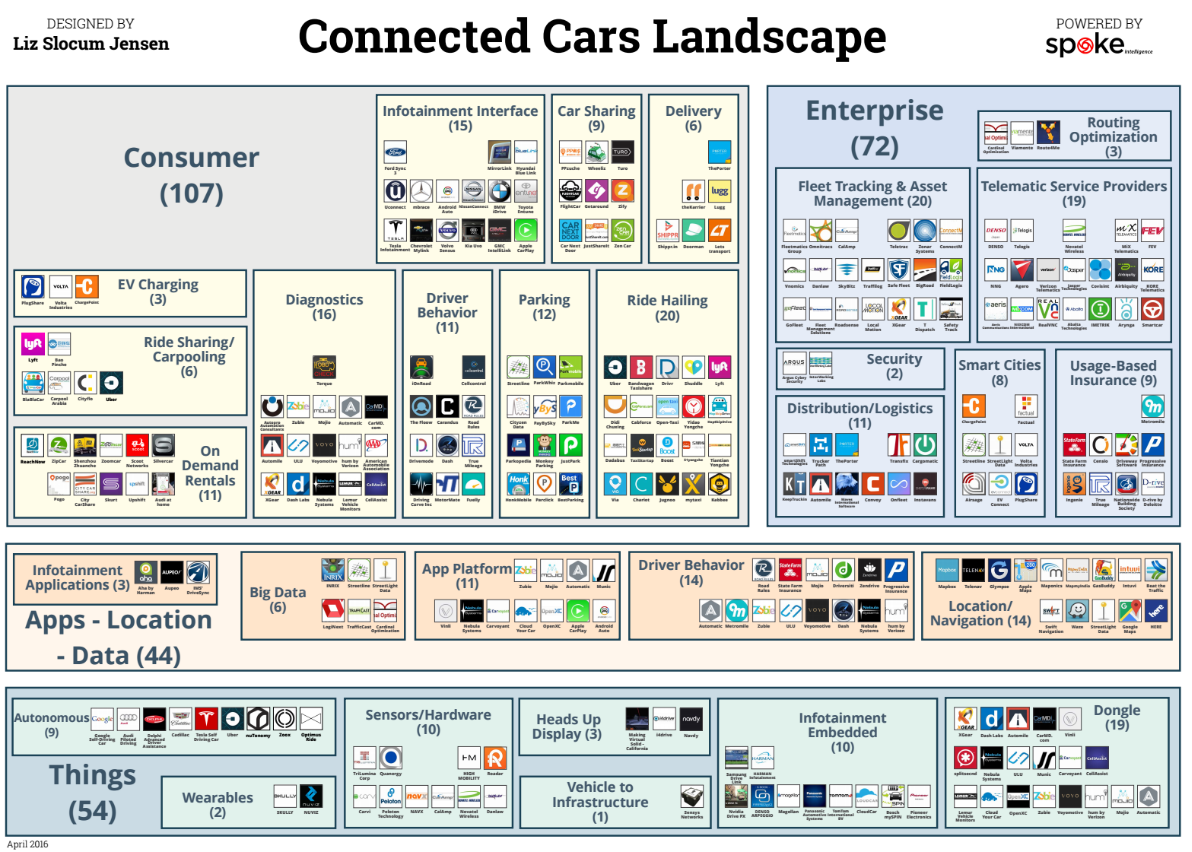Tech advancements have been making life easier for years now — especially on the road. From apps that save driving time to smart streets that track available parking, computer programs are helping streamline transit like never before. And now, thanks to ongoing developments in machine learning, artificial intelligence (AI) is taking convenient travel one step further.
As I’ve written about recently, AI has become a major player in the auto industry. Current and in-development smart features include things like impact detection, self-driving programs, and built-in smart assistants. Auto manufacturers are working hard to bring smart amenities to their latest models, ensuring driver comfort and accessibility.
But it’s not just about convenience. These AI advancements also stand to have a direct impact on the environment by reducing the number of vehicles on the road and helping those that remain get where they’re going more efficiently. Even features like collision avoidance accomplish this indirectly: Fewer accidents means less traffic congestion and fewer emergency vehicle dispatches.
Reducing the number of cars on the road also cuts down on one of the biggest sources of pollution. Transportation accounts for more than one quarter of greenhouse gas emissions in the U.S., according to the EPA. By increasing driving efficiency, AI could help reduce that amount substantially. Furthermore, “it might enable more carpooling among neighbors who have been opted into a trusted driver collective,” according to Mark Clemens, the manager of the Utah chapter of Sierra Club.
June 5th: The AI Audit in NYC
Join us next week in NYC to engage with top executive leaders, delving into strategies for auditing AI models to ensure fairness, optimal performance, and ethical compliance across diverse organizations. Secure your attendance for this exclusive invite-only event.
Getting fewer vehicles to their destinations more efficiently also has more indirect environmental impacts. Less fuel burned means less fuel sold, which results in a lower demand for fossil fuel resources and the emission-heavy processes used to extract them. And if people start using ride-sharing services rather than purchasing their own cars, there may eventually be fewer cars manufactured, which cuts down on the impact of that process as well.
While the stage is set for AI to revolutionize the auto industry and change how we get from one place to another, we need to remain vigilant in ensuring this technology doesn’t get used to game the system. “Volkswagen’s diesel emissions cheating scandal is an example of a kind of algorithm gaming the emissions standards,” says Clemens. “More sophisticated programming and AI could potentially be used for ill as well as for good.”
Though these issues have been relatively few and far between, that could change as tech continues to advance. It’s likely that federal agencies will have to evolve to keep up with potential rule breakers (though the current administration’s apparent disregard for environmental protection could slow that down substantially).
Furthermore, fewer crashes mean fewer resources go towards replacing these cars. Cars are generally built larger than they need to be because bigger vehicles typically fare better in accidents than lighter, small ones do. As AI’s ability to reduce crashes improves, we may see more compact, fuel-efficient cars being produced as a result.
Effective routing is another area where AI could have a profound impact on the environment. Over a decade ago, UPS reduced left turns on delivery routes to help trucks avoid sitting idly or waiting in traffic for longer. That small efficiency adjustment allowed UPS to reduce carbon dioxide emissions by over 20,000 metric tons in just a few short years. There could be similar reductions if more drivers started using smart routing programs to find the most fuel-efficient path from one point to another. Further, AI can provide assistance in identifying open parking in a timely manner, reducing the number of cars on the road looking for spots. And this is already in the works—Google launched a new Google Maps feature that uses machine learning to predict parking availability.
Advancements in AI could also lead to the identification of new materials for better auto manufacturing. Just last year, scientists from the University of Basel in Switzerland were able to use AI to identify 90 new materials as part of a federal initiative aimed at accelerating the discovery of new materials. This same application can be used to identify new materials to manufacture cars with fewer environmental consequences. The car industry is pressing ahead with this idea. Back in 2015 at a press conference held by Toyota, Toyota’s Executive Technical Advisor and CEO of the Toyota Research Institute, Dr. Gill Pratt, discussed AI’s potential to “accelerate scientific discovery in materials and environmental technology.”
For now, the environmental benefits of AI in transportation seem to outweigh the potential drawbacks. The auto industry is still moving fast to stay ahead of the curve, and if it sticks to the road it’s currently on, it just might help save the planet in the process.


